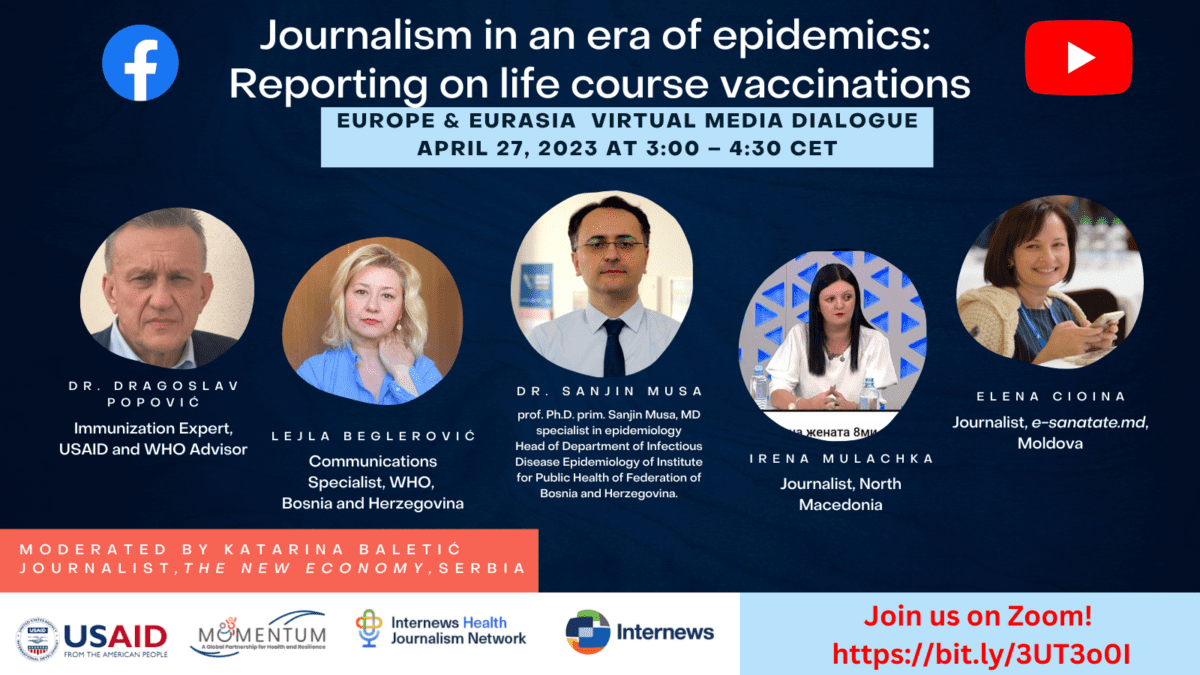
Every year, vaccines save millions of lives, and protect millions more from disease and disability. While many people are aware of routine vaccination for children to prevent many serious infectious diseases, like polio and measles, the complexities of delivering vaccination beyond the first year of life pose additional challenges for public health systems.
The growing number of vaccinations recommended for adolescents and adults–from the Human Papilloma Virus (HPV) vaccine to timely vaccination against seasonal influenza, and vaccination against malaria, cholera, ebola, or yellow fever during outbreaks–highlights the critical need to have a strong platform for vaccination across the lifespan. With a strong platform for vaccination across the lifespan, the benefits of vaccination can be seen from infancy to old age and can improve confidence in the overall health system.
Routine childhood immunizations are highly promoted and have health system mechanisms and staff to deliver them at scale, but the lack of structures within the health system to provide high-quality, low-cost vaccination to adolescents and adults continues to be a challenge for countries. An important factor is low public awareness about “life course vaccination,” which is a relatively new concept for the general public. Another issue is the need for evidence-based consensus on what kinds of vaccines and boosters ought to be given through the lifespan, and how often adults are advised to take them.
Rolling out vaccines during the COVID-19 pandemic meant having to reach as many adults as possible amidst a global health crisis, with limited knowledge, resources, and sometimes without the proper infrastructure in place. In the age of social media, it also meant the amplification of mis- and dis-information. Conspiracy theories driven by fear and uncertainty, coupled with forced lockdowns and contradictory government messaging, also generated public mistrust, undermined vaccination confidence, and decreased vaccine uptake, particularly in adult populations.
In many countries immunization coverage was already stagnating prior to the COVID-19 pandemic, but the global outbreak and subsequent response accelerated a reduction in routine immunization. According to UNICEF, a January 2023 measles outbreak in Serbia, shows that only 74.8% of children up to two years of age were vaccinated with the Measles-Mumps-Rubella (MMR) vaccine in 2021. In some areas of Serbia, only one in two or one in five children had been immunized!
Journalists have a crucial role to play in reporting on what is being done to put routine childhood immunization efforts back on track. Media professionals also need to promote a better understanding of a life-course approach to immunization, especially for vulnerable populations and those living with chronic conditions. Life course immunization, including COVID-19 vaccination and boosters needs to become part of a healthy adult lifestyle, ranking on a par with eating healthy, quitting smoking, managing stress, and getting enough exercise! Join us to debate these issues with technical experts and senior journalists from the region.